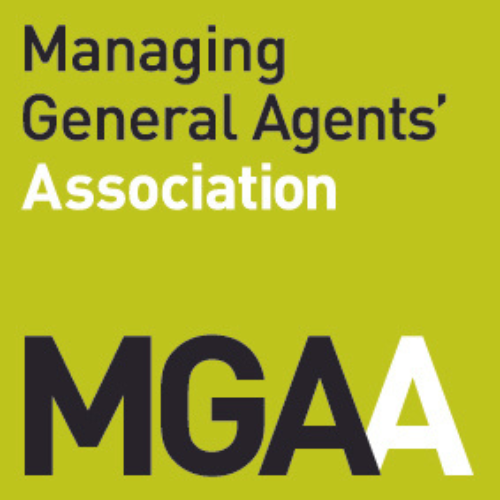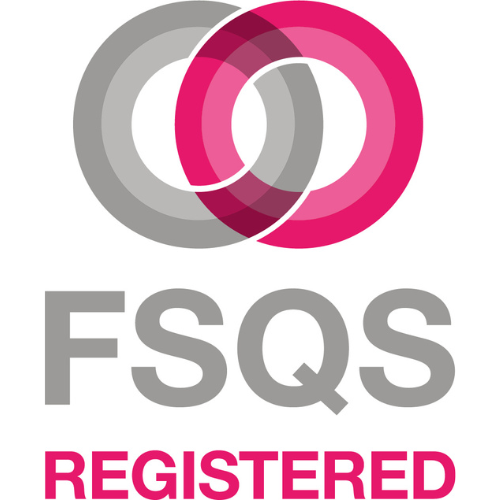History is littered with stories of insurance company failures causing varying degrees of harm to policyholders who suddenly find themselves unable to secure payment for valid claims. The Financial Services Compensation Scheme has a whole website page dedicated to identifying the list of insolvent insurers it is currently involved with. The vast majority – almost 50 – are general insurance companies, with the date of failure spanning the last 5 decades, clear evidence of the harm and financial cost the PRA seek to negate. The ultimate cost of that is borne by all of us as insurance policyholders, giving us all an interest in the PRA approach to seeking a more efficient mechanism for ensuring fewer firms end up in an unexpected and unplanned insolvent scenario.
Solvent Exit Planning – The Consultation
CP2/24 – Solvent exit planning for insurers was published on 23rd January 2024 and has been a long-time coming. It was part of the PRA Business Plan for 2022/3, published on 20th April 2022, so it should be no great surprise to any PRA-regulated firm. That said, the PRA have prioritised banking over insurance, which goes some way to explaining the delayed timeframe for these proposals. The Consultation Paper for non-systemic banks was issued back in June 2023. It may well also be the case that the PRA wanted to ensure the new Solvency UK rules were more advanced before approaching this work.
There are two main requirements being introduced, both providing us with additional acronyms with which we will need to become accustomed. These are:
- Solvent Exit Analysis (SEA)
A requirement that firms must prepare for a solvent exit as part of their BAU activities and ensure they document those preparations in a Solvent Exit Analysis (SEA). In short, a document that explains how they will act in the event insolvency becomes a realistic prospect; and - Solvent Exit Execution Plan (SEEP)
This is the statement of how firms will monitor changes to the risk that insolvency might become a reasonable prospect for that firm, and if it did, how they would manage the process of achieving a solvent exit from the market. Given how much emphasis our regulators now place on effective communication between firms and the regulator, we would suggest that a communication pan with the regulator forms part of that ‘SEEP’.
These new requirements are closely aligned to the approach which has been adopted by firms required to document Recovery & Resolution Plans, where an assessment of potential scenarios necessitating such action are identified, along with a plan for managing impact.
The primary difference between the proposed SEA and SEEP requirements and Recovery & Resolution Plans, as we see it, is the insolvency driver which prevailed as a trigger for their development of such plans. The proposed requirements will likely result in a broader suite of drivers being identified by firms to include in their SEAs
Firms would be expected to review their SEA at least every 3 years, and sooner if a material change takes place. Drivers of material change might include new distribution channels being assessed when entering new geographies, significant growth, including through major acquisitions or expanding into materially new products We would expect firms’ SEAs to include the identification of scenarios which might pre-empt the need to articulate a SEEP, in addition to triggers for implementation and indicative KRIs. In the event a solvent exit becomes a reasonable prospect, firms would have one month to produce their SEEP and provide it to the PRA. In reality, we suspect many firms will choose to maintain a draft SEEP covering management action plans, Board requirements, as well as addressing third party implications, as part of their wider approach to risk management.
Our past experience in supporting clients with the creation and management of their Recovery & Resolution Plans suggests that the practicalities of developing SEAs and SEAPs will somewhat resemble strong Business Continuity or Operational Resilience frameworks, where there is a ‘plan within a plan’. The identification of what might occur is considered and updated on a periodic basis, supplemented by dry run exercises to assess potential impacts, giving firms the opportunity to bake in mitigating actions into their operational frameworks ahead of time.
Firms In Scope
The PRA has given some careful thought to the application of these rules to different types of firms. There are some subtle differences and some scenarios where they will not apply, a recognition of the proportionality and risk to consumers that is, in reality, very low in some cases.
- UK Solvency II and non-Directive firms: The expectations are intended to sit alongside the ladder of intervention and include Solvency II firms. Non-Directive firms can be more at risk of a disorderly exit and they are therefore also included.
- Society of Lloyd’s and Managing Agents: Both the Society of Lloyd’s and its managing agents are in scope and consistent with the PRA’s co-operation agreement with the Society of Lloyd’s, the PRA will work with the Society on policy implementation for managing agents to ensure appropriate outcomes.
- Internationally Active Insurance Groups (IAIGs): UK Solvency II firms that are part of an IAIG will be expected to build on their international resolution plans, where these exist. The expectation is that work carried out on existing resolution plans should be helpful in developing most areas of an SEA or SEEP, subject to any additional work that may be needed in some areas such as the indicators to inform decision-making.
- Group and Solo entities: The proposed rules provide that firms that are members of a Solvency II group should consider the implications and risks from group membership when preparing their SEA. While groups themselves are not within the scope of the proposals, solo firms who wish to submit a group wide (as opposed to solo level) SEA will be able to do so, with prior PRA agreement. This seems to us a very sensible approach given the corporate complexity of some of the larger insurance firms now.
- Mutuals and friendly societies: While there are additional considerations for mutuals and friendly societies given their complex governance structures, the PRA proposes to include them since they are also at risk of disorderly exit.
- Run-off acquirers: Run-off acquirers are actively running off contracts of insurance but do not normally intend to exit the market themselves. For this reason, the PRA proposes to include these firms. It is likely that the considerations for such firms may be somewhat more complex, given they do not have the traditional income stream from a live portfolio.
There are two types of firm excluded from the proposed rules. That seems very logical for firms already in a passive run-off scenario, but the situation with UK branches is more complex, where any failure would be the result of failure of the overseas legal entity, which is of course subject to regulation in its home market. With many UK Branches on a path to full UK regulation though, this is a new regulation that needs to be considered as part of the planning for authorisation.
Next Steps
The PRA have given affected firms until 26th April to provide feedback on the proposed rules and the PRA expects to publish a Policy Statement in H2 2024, with the implementation date for any changes being in Q4 2025.
ICSR Conclusion
This is a generally well thought out approach with some pragmatism exercised in scenarios where the risk of harm to consumers is very low. In short, it seems to us a well thought out approach to ensuring the proverbial door is closed before the horse is able to make its escape. Something that cannot be said for so many of the insurance firms on the FSCS website page.
The work required to meet these new requirements is likely to sit nicely within the existing operational structures and the planning necessary to develop and maintain the SEA and SEEP likely to be proportionate once the initial implementation hurdles inevitable with any change are overcome. For those currently in the process of seeking PRA authorisation, this may be a slightly unexpected addition to their planning process, but one that can easily be addressed with the right resource and expertise.
If you would like to discuss an aspect of the way your firm approaches its solvent exit planning, please speak with the author or your usual ICSR contact.









